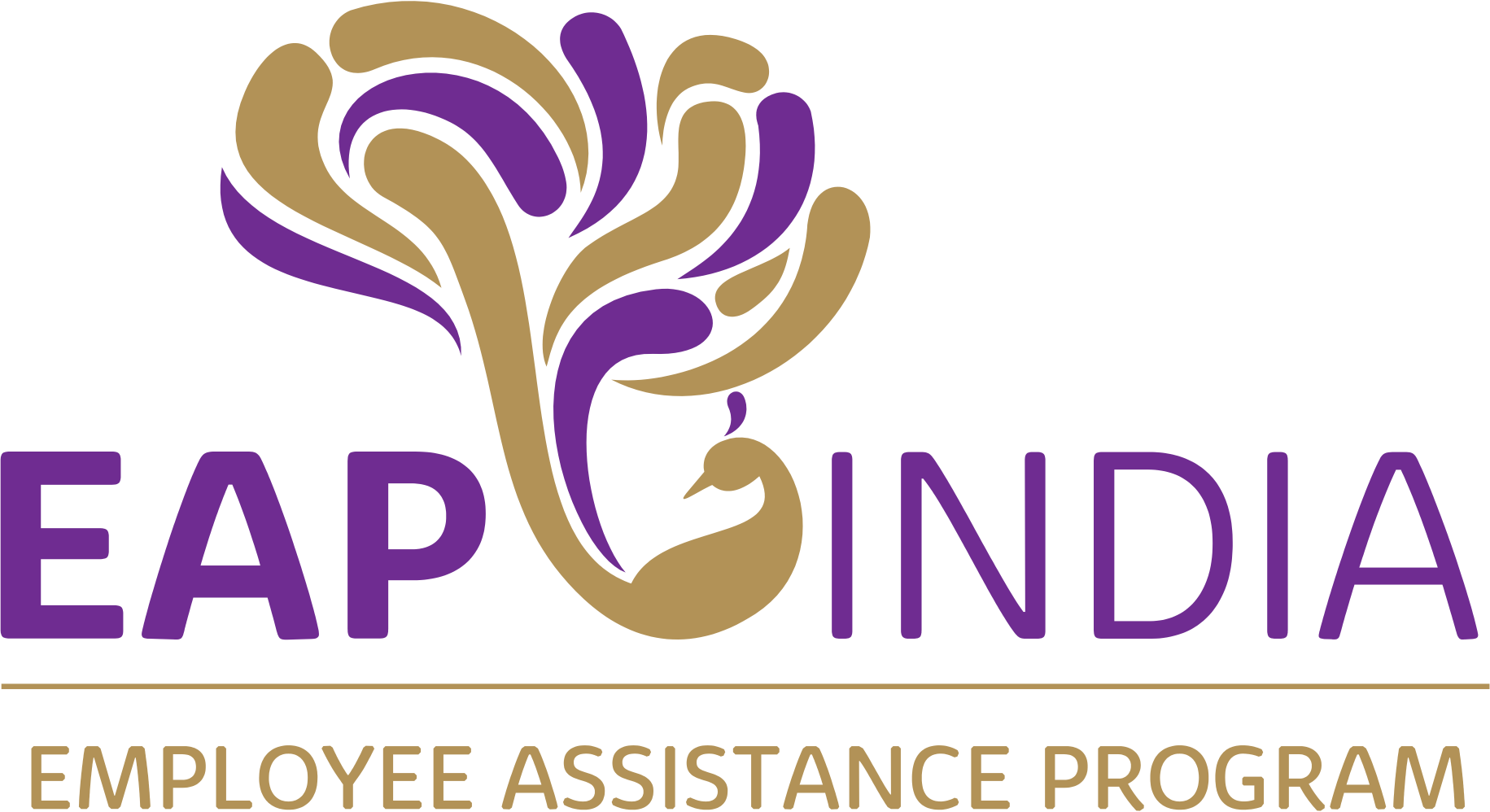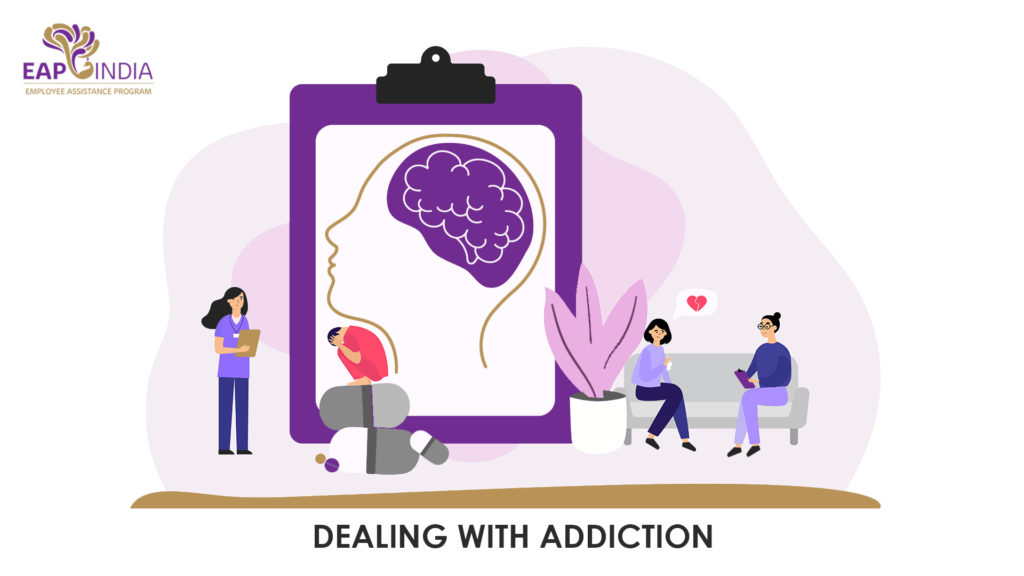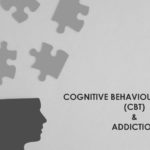What Is Addiction?
Addiction is a complex condition, a brain disease that is manifested by the usage of compulsive substances despite harmful consequences.
People with addiction have an intense focus on using certain substances such as alcohol or drugs, to the point that it takes over their life.
Difference Between Substance Abuse & Addiction
‘Substance Abuse’ means using an illegal substance or a legal substance in the wrong way. Some substances are way more addictive than others. Drugs like heroin, marijuana are addictive that when used once or twice, the user may lose control and balance.
‘Addiction’ begins as abuse or using a substance like cocaine. People can get addicted to all sorts of substances. There are times when people become addicted to medicines, cigarettes, etc.
Getting Help
The first step in getting help for addiction is recognizing the signs of addiction. Following are a few physical and behavioural signs of addiction:
Physical Signs
- Changes in sleeping patterns;
- Changes in appetite, including weight loss or gain;
- Feeling shaky or sick when trying to stop;
- Slow or staggering walk
- Low or no energy
- Depressed or anxious
Behavioural Signs
- Loss of interest in otherwise important activities
- Abrupt temper outbursts
- Aggressive behaviour
- Poor performance in school
- Withdrawal or distant from family and friends
- Always using substances for relaxing or intoxication
After recognizing the signs and symptoms of addiction, it is important to get help to treat addictions.
Some people believe that they can treat the problem on their own, but that rarely works. Explore your options of getting help for addiction.
There are four different methods of treating addictions:
- Detoxification: The first step is to purge your body of drugs and manage withdrawal symptoms.
- Behavioural Counselling: Individual, group, and/or family therapy can help you identify the root causes of your drug use, repair your relationships, and learn healthier coping skills.
- Medication: May be used to manage withdrawal symptoms, prevent relapse, or treat any co-occurring mental health condition such as depression or anxiety.
- Long-Term Help: To prevent relapse and maintain sobriety. This may include attending regular in-person support groups or online meetings to help keep your recovery on track.
Finding Support For Addiction Recovery
Have positive influences and a solid support system while getting help for addictions. The more people you can turn to for encouragement, better are your chances at recovery.
- Finding a supportive and understanding adult
- Build a sober social network
- Join a recovery support peer group
- Sweat it out
- Pamper yourself
- Learn healthy ways to de-stress yourself
- Stay away from friends or people who use drugs
- Use caution while taking prescription drugs
- Be upfront about your drug history when seeking medical treatments
- Spend time with nature
- Get involved in community
- Set meaningful goals
- Look after your health
Urge Surfing
Imagine this, you are a surfer who rides the wave of your drug cravings, staying on the top of it until it breaks and turns into a foamy surf. When you ride out of the craving, without even trying to battle or trying to ignore it, you will see that it passes on more quickly than you’d think.
This is an example of urge surfing. There are times when the cravings are too strong to ignore. When this happens, it is important to stay afloat with the urge until it passes down.
How Can You Do That?
There are certain steps to do urge surfing. Of course, the urge takes time to pass, but with practice, the urge to ignore the craving will suffice.
Here are the steps:
- Notice How You’re Experiencing The Cravings: Take a few deep breaths and focus your attention on your body. Notice when your body experiences the cravings and verbalize the sensations you experience. For example, you could say out loud that you are experiencing cravings in your nose & stomach.
- Focus On One Area Where You Experience Cravings The Most: Say it out loud what sensations you are experiencing in that area. Describe how you’re feeling. Pay attention to the sensations and notice if they change. For example, you could say that you are feeling hot, your mouth feels dry. Whenever you swallow something, you can imagine the feeling of using.
- Repeat By Focusing On Each Part Of Your Body That Experiences The Urges: Many people notice that after a few minutes of urge surfing, their cravings have disappeared. Describe to yourself how the sensations change, how the urges are felt, how they come and go.
Conclusion
Quitting addictions is probably going to be one of the hardest things anyone has ever done. It is not a sign of weakness if you need professional help. Urge surfing helps in realizing when your cravings come and change their course of sensations in your body.
The purpose of going through the steps of urge surfing is not to make the cravings go away but to experience them in a newer way. You will eventually find a way to ride your cravings out without even trying.




